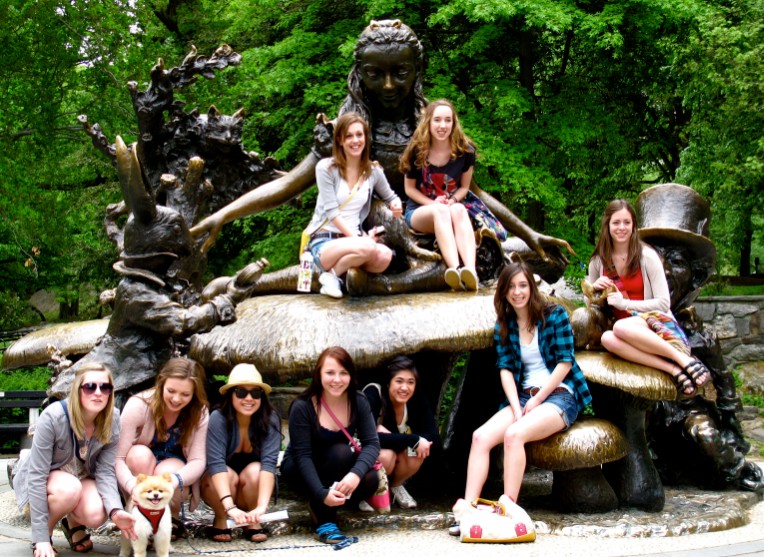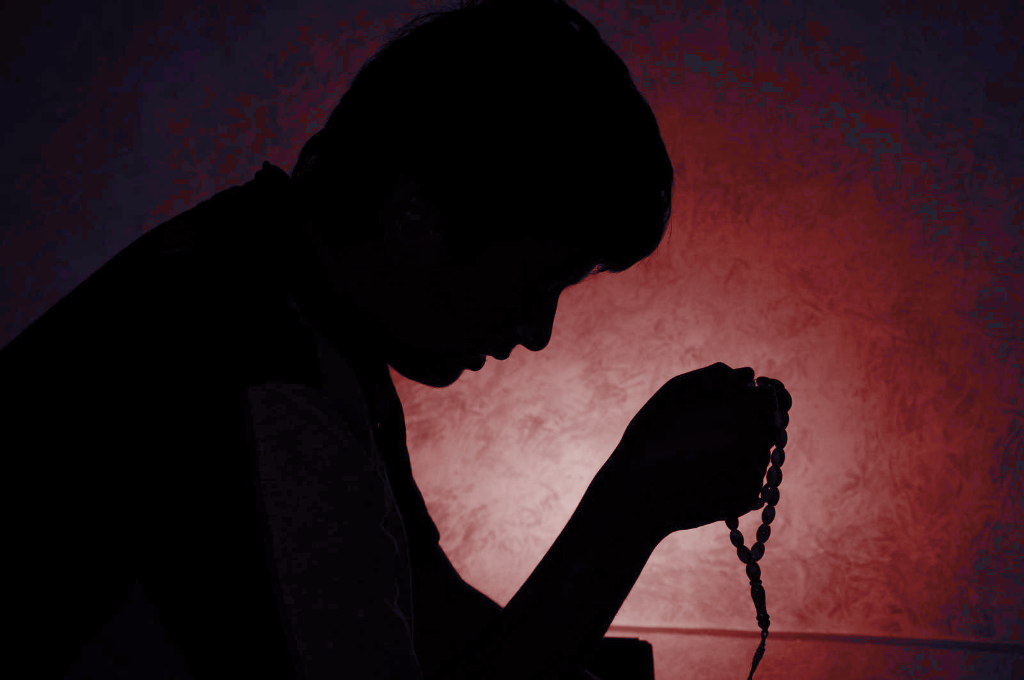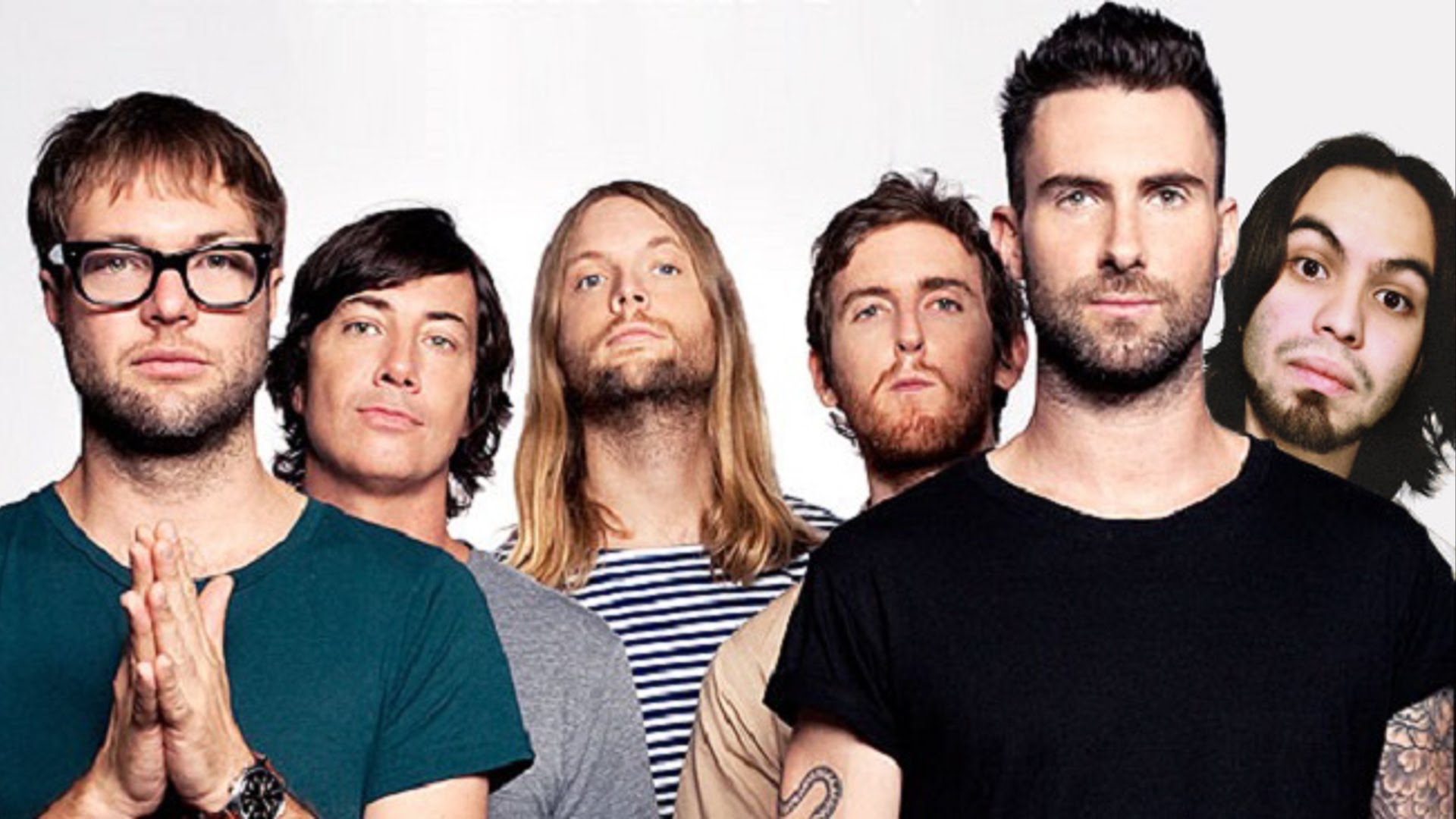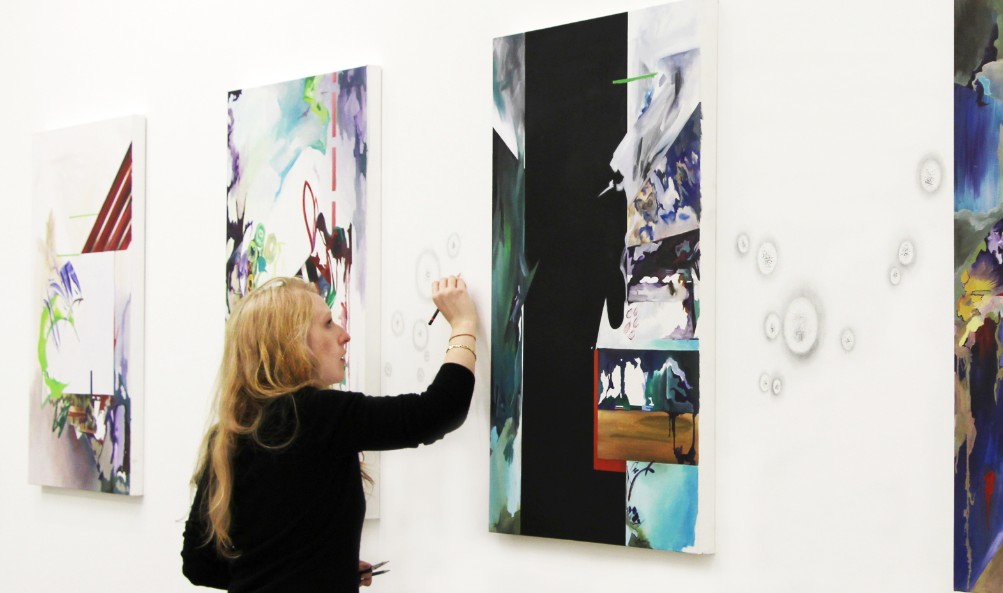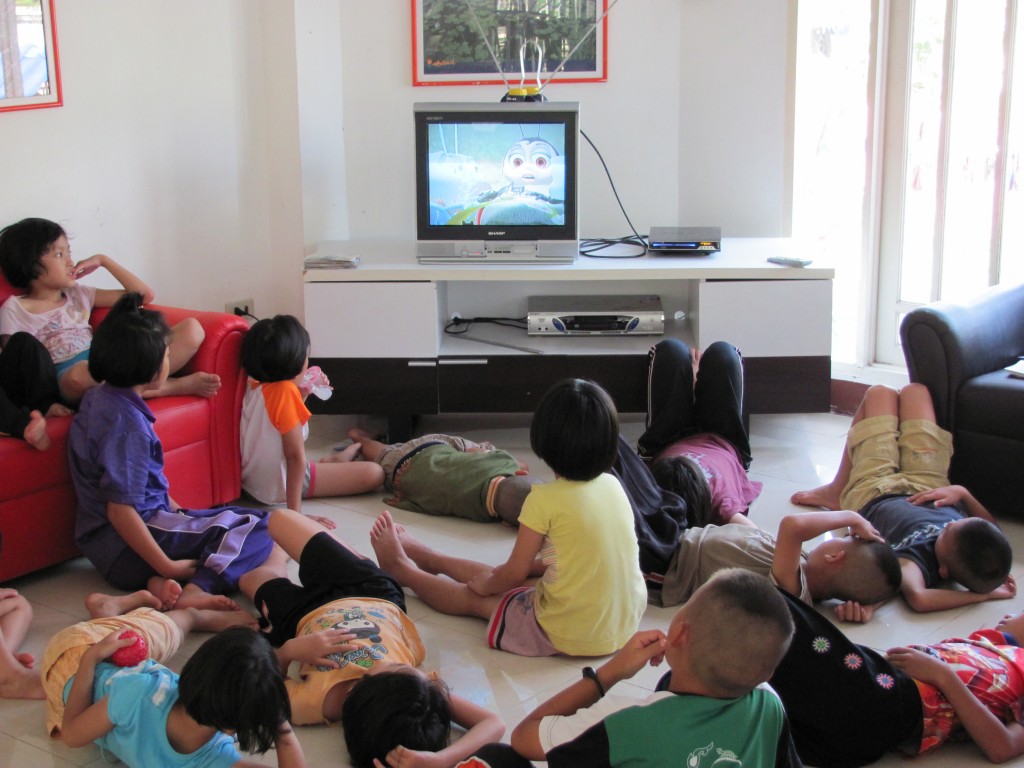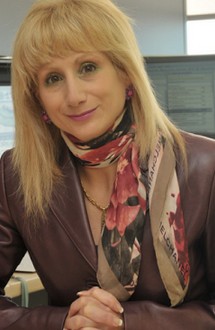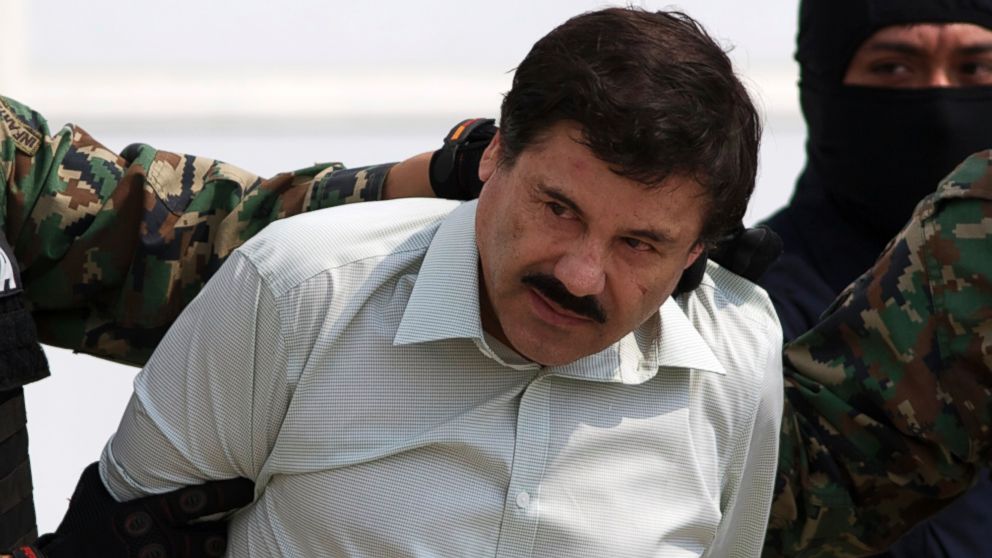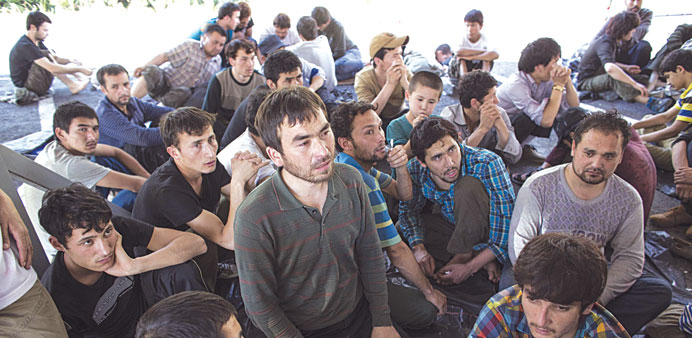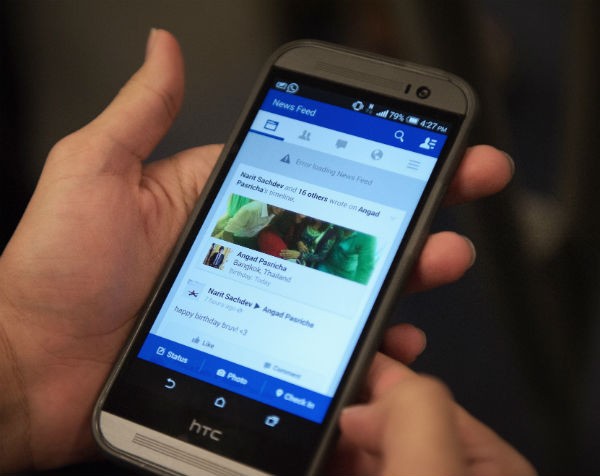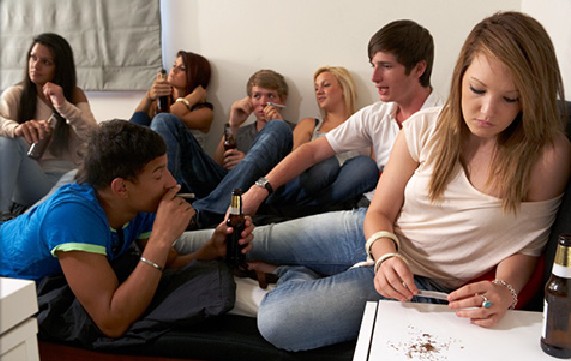Of the current 22 historic figures who have been memorialized as statues in New York’s Central Park, none are women. Now several residents of New York have started a fund in order to raise money for statues of notable female figures.
The Elizabeth Cady Stanton and Susan B. Anthony Statue Fund is helmed by President Pam Elam, Vice President Coline Jenkins and Vice President Dr. Miriam Miedzian. The quest to include more women among the park’s memorials effectively began in November 2014, when Jenkins addressed NYC Parks Department Commissioner Mitchell Silver during a talk by the latter at Brooklyn’s Pratt Institute. Jenkins announced to Silver that there were no statues of women in the park; Silver admitted that he was unaware of the issue. Jenkins is the great-granddaughter of Elizabeth Cady Stanton, a noted suffragist and women’s rights activist.
While statues in Central Park currently include fictional characters such as Alice from Lewis Carrol’s “Alice in Wonderland” and Juliet from Shakespeare’s “Romeo and Juliet,” representations of real women remain notably absent from the park’s grounds. Previous plans have brought up the possibility of erecting commemorative statues of women such as Brooke Astor and Princess Diana, though none have made it to the construction phase. This seems especially odd considering the relative obscurity of some of the male figures in the park – for example, a large equestrian statue of 14th century Polish king Jagiello.
In May 2015, the fund gained the approval of the parks department for placement of the statues near the 77th Street entrance to the park. Thus far, all of the statues installed in Central Park have been funded privately, rather than through city commissions. The Elizabeth Cady Stanton and Susan B. Anthony Statue Fund is now collecting donations, noting that it will have to raise as much as a million dollars to cover the design, installation and ongoing maintenance of the statues.
By Dallas Jeffs
